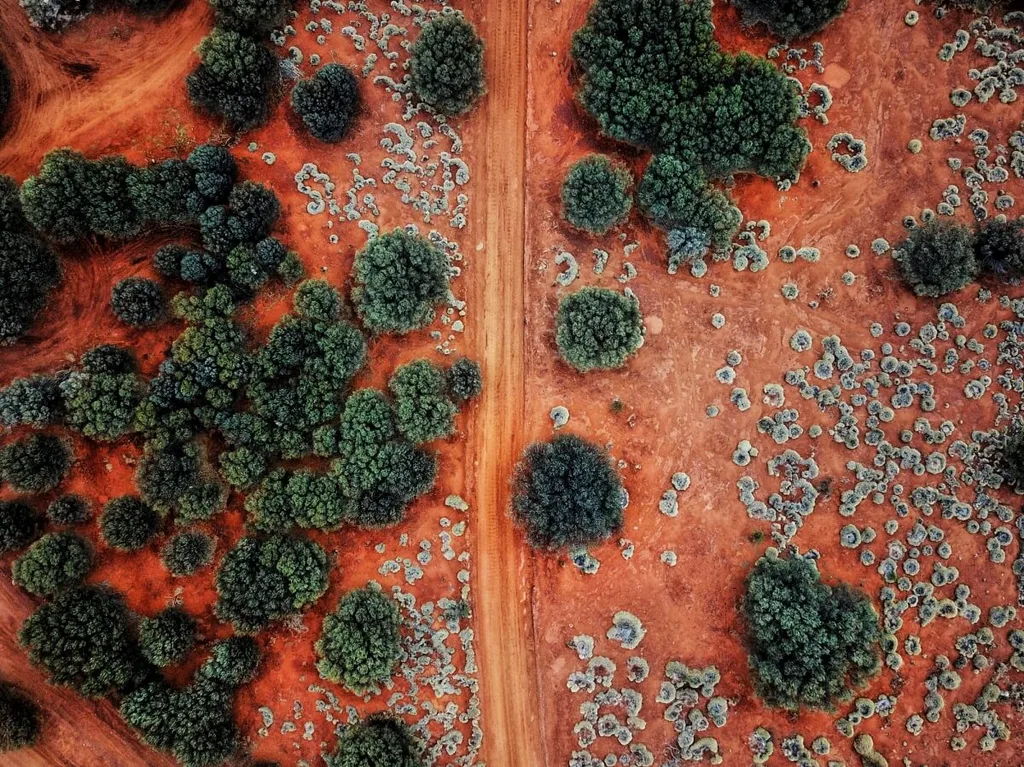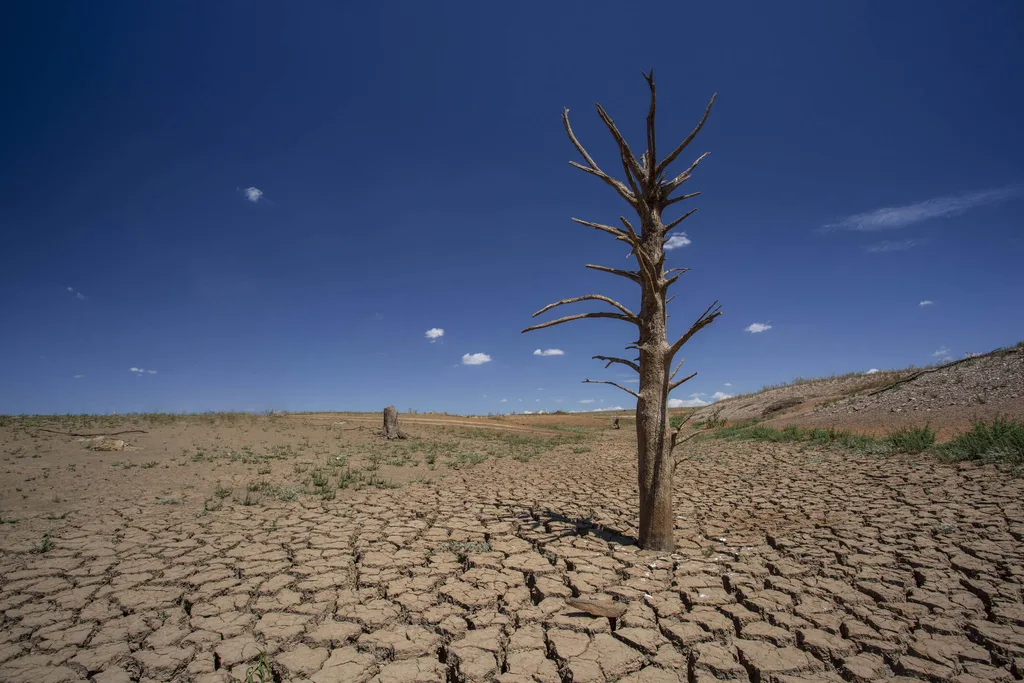People from all over the world travel to Australia to enjoy our warm temperatures and sunny beaches. But in the last few years, we’ve seen record-high average temperatures, more frequent heatwaves, lower annual rainfall, and other signs of global warming.
Are these patterns in temperature worrisome, or is it just a standard variation? Which climate zones are most prone to hotter weather? And what’s the most extreme temp in Australian history? We answer all of these questions and more!
RELATED: Arnold Schwarzenegger on Climate Change: ‘I wish I could go back in time’
What Is The Highest Recorded Temperature In Australia?
The highest temperature ever recorded in Australia was 50.7C in Oodnadatta, South Australia on January 2, 1960. This is almost double that month’s average temperature in South Australia, which sits at around 29C. It’s also only a few degrees lower than the highest-recorded temperature of 56.7C in Furnace Creek, California on July 10, 1913.

Hottest Days In Australia
When Does Summer Start? When Does Summer End?
Unlike most areas in the northern hemisphere, Australia’s summer starts in December and ends in February. This is usually when other countries like the United States and Japan are going through their winter seasons.
Where Are The Hottest Average Temperatures Across Australia?
Although Australia is generally seen as a hot place, there are actually four different climate zones in the country. These are temperate, subequatorial, tropical, and subtropical climates. The hottest areas are usually in the Northern Territory (like Alice Springs with an average January high of 37C) or Western Australia, although there are also some areas in Queensland with a relatively high mean max temperature.
Temperature is not the sole factor that determines the heat index, or how hot it actually feels. Humidity plays an important role as well – high humidity makes temperatures feel even hotter. New South Wales and Queensland and are known for having relatively high humidity in the summers, sometimes clocking in at more than 70%.

What Was The Hottest Day In Australian History?
Oodnadatta Airport, South Australia takes home the top prize for the hottest temperature ever recorded in Australian history. On January 2, 1960, temps hit a record high of 50.6C. The second closest temperature is not far off at 50.5C at Mardie Station in WA on February 19, 1998.
On the opposite end of the spectrum, the coldest day ever in Australia was on June 29, 1994 at Charlotte Pass in the Snowy Mountains. The lowest temperature that day was -23C.
The Increasing Frequency Of “Hottest Day In Australia EVER”
Although the single hottest day in Australia was almost six decades ago, that doesn’t mean we aren’t experiencing extremely hot temperatures today. We have to look at monthly forecasts and patterns to really see how hot it’s getting in Australia.
For example, January 2019 was the hottest month on record – for all of Australia and in each state. On January 15-16, 2019, the 15 warmest places in the world were all found in Australia. In the nation’s first, the mean temperature exceeded 30C all across the country, and we came very close to the hottest temp record with a January 24 reading of 49.5C in Port Augusta Aero in South Australia.
Several cities (including Alice Springs, Cloncurry, and Walungurru) reported record consecutive hot days, with some places reaching temps above 40C for more than 40 days in a row. The hottest night on record in Australia was broken in January as well – multiple times. The final record sits at 36.6C in Wanaaring on January 26.
Average rainfall was also 20% lower than normal in several areas. Adelaide experienced zero rainfall the entire month for the first time since 1957. A combination of high temperatures and low rainfall can result in droughts and fires throughout the country.

Heatwaves are becoming more and more common. An extreme heatwave was responsible for January’s record-highs, not unlike the 2009 southeastern Australia heatwave or the historic ‘Angry Summer’ from 2012-2013. But heatwaves aren’t limited to summers; in fact, Queensland was recently hit by a heatwave, registering temps as high as 40C in some rural areas.
The Hottest Temps In Australia By City
Canberra, ACT
Average January max. temperature: 29C
Highest ACT temperature: 42.8C, Acton (January 11, 1939)
Sydney, NSW
Average January max. temperature: 26C
Highest NSW temperature: 49.8C, Menindee (January 10, 1939)
Melbourne, VIC
Average January max. temperature: 26C
Highest VIC temperature: 48.8C, Hopetoun (February 7, 2009)
Brisbane, QLD
Average January max. temperature: 29C
Highest QLD temperature: 49.5C, Birdsville (December 24, 1972)
Darwin, NT
Average January max. temperature: 32C
Highest NT temperature: 48.3C, Finke (January 1-2, 1960)
Adelaide, SA
Average January max. temperature: 29C
Highest SA temperature: 50.7C, Oodnadatta (January 2, 1960)
Perth, WA
Average January max. temperature: 30C
Highest WA temperature: 50.5C, Mardie Station (February 19, 1998)
Hobart, TAS
Average January max. temperature: 22C
Highest TAS temperature: 42.2C, Scamander (January 30, 2009)

Dry Season Or Heatwave?
With days getting hotter and heatwaves lasting longer, it’s obvious that climate change is hitting Australia hard. Although we haven’t recently broken the record for the hottest day in Australian history, we are breaking other records at an unprecedented pace. Without any immediate and effective action, we can expect that trend to continue.
RELATED: Why National Sorry Day is So Important










